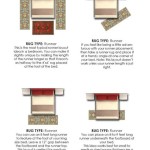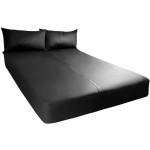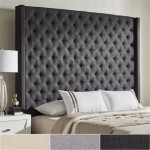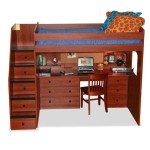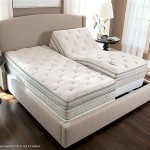Can Bed Bugs Live In The Dryer?
Bed bugs are small, parasitic insects that feed on human blood. They are notorious for infesting homes and causing itchy bites. While most people understand that heat can kill bed bugs, there is a common concern regarding the effectiveness of a dryer in eradicating these pests. Can bed bugs survive the heat of a dryer, or can this appliance be used to eliminate them from your belongings?
The answer to this question is complex and depends on several factors. While a dryer can be a valuable weapon in the fight against bed bugs, it is not a foolproof solution. The effectiveness of a dryer in killing bed bugs hinges on the temperature reached and the duration of exposure.
The Heat Factor: How Dryers Work
Dryers work by using heat to evaporate moisture from clothes and other items. The temperature inside a dryer can reach up to 150°F (65°C), depending on the model and settings. This high temperature is generally sufficient to kill most bed bugs, their eggs, and nymphs. However, there are some caveats to consider.
Firstly, the heat distribution within the dryer is not uniform. Some areas may be hotter than others, while others might remain relatively cool. This uneven heat distribution can result in some bed bugs surviving, particularly those hidden in the folds or seams of clothing.
The Time Factor: The Importance of Duration
The duration of exposure to heat is another crucial factor. While a brief exposure to high temperatures may not be sufficient to kill bed bugs, longer exposure offers a better chance of eradication. The general recommendation is to run the dryer on high heat for at least 30 minutes to ensure bed bugs are killed.
It is important to note that bed bug eggs are more resilient to heat than adult bed bugs. They have a harder outer shell that provides a degree of protection. Therefore, drying items for a longer duration, at least an hour, is recommended to ensure the destruction of any eggs that may be present.
Factors Affecting Dryer Efficacy
Several factors can affect the efficiency of using a dryer to kill bed bugs:
•
Type of Clothes/Items:
Thick, dense fabrics, such as towels, can trap heat and create a more favorable environment for bed bugs to survive. Items made from thin, lightweight materials, like cotton or linen, are more likely to be heated effectively.•
Degree of Infestation:
Heavy infestations may require multiple cycles in the dryer, as some bed bugs may be hidden deep within the fabric. Additionally, removing and inspecting items thoroughly after the dryer cycle is crucial to ensure no surviving bed bugs are reintroduced to your belongings.•
Dryer Settings:
The heat setting of the dryer plays a significant role. Using the highest heat setting is recommended for optimal bed bug eradication. Lower settings may not reach the required temperature to kill all bed bugs, especially in thick fabrics.•
Pre-Treatment:
Pre-treating items with a bed bug insecticide before drying can enhance the effectiveness of the process. However, it is essential to follow the insecticide's instructions carefully, as some may be incompatible with high temperatures.Conclusion
Although using a dryer can be an effective tool for killing bed bugs, it is not a guaranteed solution. Properly understanding the limitations of this method and taking appropriate precautions is crucial for a successful bed bug control strategy. Combining dryer treatment with other measures, such as vacuuming, encasement, and professional pest control, can increase the chances of eradicating a bed bug infestation.

Bed Bugs And Dryer Sheets A Deadly Combination Abc Blog

Bed Bugs And Dryer Sheets A Deadly Combination Abc Blog

Do Bed Bugs Die In The Dryer How To Kill Using Your Pest Informer

Can Bed Bugs Survive In Washing Machine Techbullion

Do Bed Bugs Get Killed In The Washing Machine Bug Sos

Bed Bugs Umn Extension

Can Bed Bugs Survive A Clothes Washer

What To Do If You Find A Bed Bug In Your Clothes

Do Dryer Sheets Really Get Rid Of Bed Bugs Learn How To It Yourself

Bed Bugs Umn Extension
